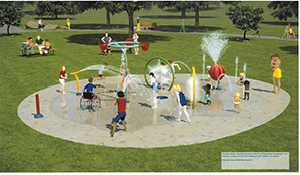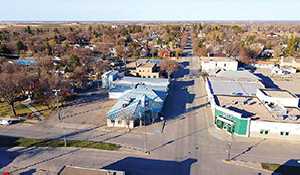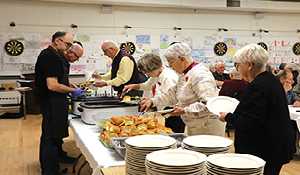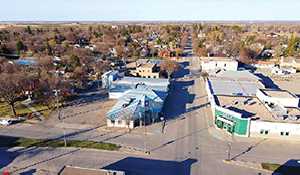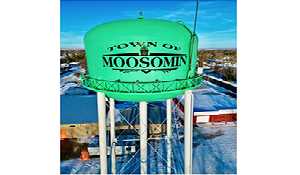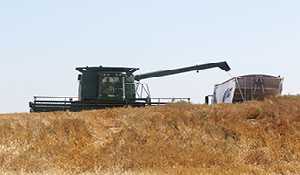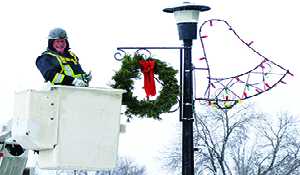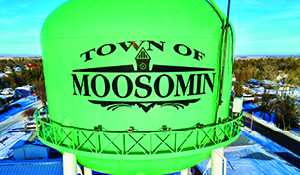Second leading cause of lung cancer is exposure to radon gas
Canada is one of the highest regions for containing radon gas
November 17, 2022, 10:02 am
Sierra D'Souza Butts, Local Journalism Initiative Reporter
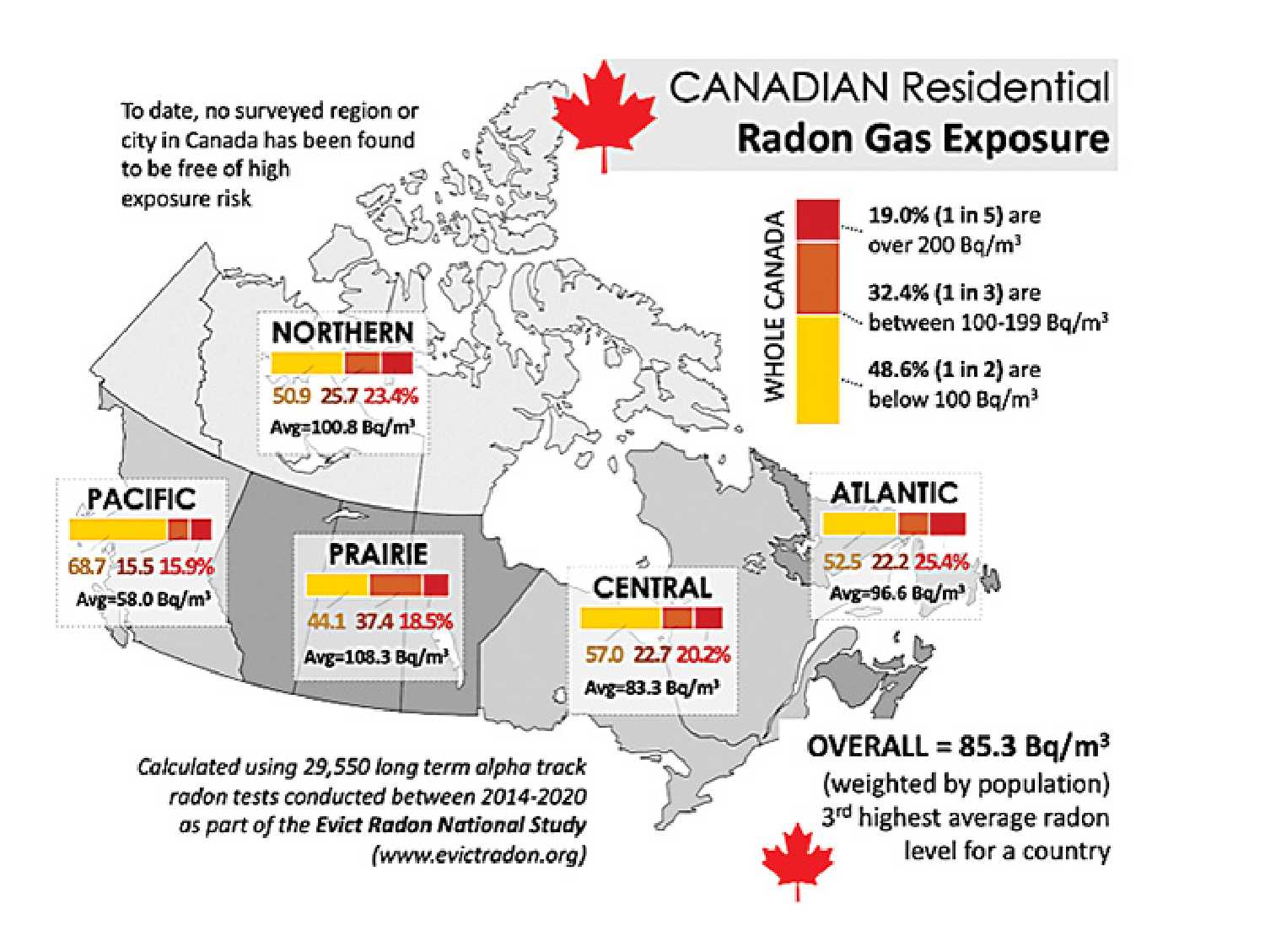

According to Lung Cancer Canada, 10 to 15 per cent of lung cancer patients in Canada have never smoked, but have contracted the disease through other ways.
The primary cause for lung cancer in non-smokers is radon: an odourless, natural gas that, in enclosed spaces, like homes, can accumulate to high levels and become a risk to one’s health, especially youth and babies.
Although majority of Canada, specifically the Prairies, have the highest radon levels across the world, studies have found ways to prevent Canadians from being exposed to high levels of radon in their homes.
Doctor Aaron Goodarzi, who is also an associate professor at University of Calgary and the scientific director of Evict Radon (www.evictradon.org), said there is a simple solution for Canadians to reduce the radon levels in their homes.
“This is a situation that has risen ceasingly, and from a general perspective is also fixable,” he said.
“Yet, we can wave a magic wand to reduce radon. Any existing house can be retrofitted with one to two days work, relatively minor. It’s no more serious than replacing a broken large window and then your house will then be permanently fixed for radon.”
Radon is a radioactive gas that comes from the breakdown of uranium in soil and rock. It is invisible, odourless and tasteless.
When radon is released from the ground into the outdoor air, it is diluted and is not a concern. However, in enclosed spaces, like homes, it can accumulate to high levels and become a risk to the health of people and their families.
“Newer houses have a far greater risk of having high radon, but older Canadian houses already had a high risk. The problem has already gotten worse,” he said.
1 in 9 houses that were built in the 1940s and earlier were at, or exceeded the 200 Becquerel (Bq)/m3 radon level. As for houses that were built between 2001-2020, show that 1 in 4 1/2 homes are at or exceed the 200 Bq/m3 radon level.
Goodarzi said there are many reasons to why the risk of radon exposure in people’s homes have increased over the years in Canada.
“From our work so far, what we do know is that it’s no one’s fault. It’s not one thing that any country has done or not done,” he said.
“We’ve been extensively studying this, but we don’t, yet, have all the answers. Our study published this time last year compared the Canadian building code and building environment to the Swedish building code and building environment.
“The reason we compared Canada to Sweden is because we had data from both countries. They’re also both cold climate countries, with highly educated populations, they generally have healthy populations, and they have almost identical smoking rates at about 11 to 13 per cent.
“Yet, the rate of lung cancer in Canada today is 163 per cent higher than that of Sweden, and as it turned out over time the difference was because of radon. A new house in Sweden has 467 per cent lower radon than a new house built in Canada, that is an extraordinary difference.”
Based on a sample from 69 regions in the world for residential radon exposure, Prairie Canada placed second to having the highest exposure, Northern Canada was third, and Atlantic Canada ranked fourth.
Sweden was 12 on the list, with Germany being ranked 66 with the least exposure of radon to residential areas.
“The geology is quite comparable between the two of them (Canada and Sweden), they both have a source of radon. The difference is, the built environment upon them,” he said.
“The Canadian and Swedish building codes have diverged quite extraordinarily over time. Neither country implemented a specific radon measure, rather they just evolved differently.
“It won’t ever be one thing. Within the built environments in Canada we determined about 20 separate metrics that correlate with high radon, and these combine together to meet a house that has higher radon levels.”
Despite the differences that have evolved over time, Goodarzi said the team of Evict Radon has requested the Government of Canada to include radon tests for houses that are built in the future.
“One of the things we’re doing using the data generated through the radon study is engaging with the regulatory group, that exists at the federal level to produce the next building codes, in order to get a proactive radon reduction measure put in the next building code which is the 2025 code,” said Goodarzi.
“We’re a couple of years away from that. The hope is with that in place, we can suddenly reduce Canadian radon exposure and not only reverse the trend of it going up, because it’s still going to go up unless we do something.
“Every new year we build new houses, but to suddenly reduce that and make it extremely easy for everyone living in a new house with that radon reduction measure building code in mind, will help drop the radon yet further, if they identify they have an exposure issue.”
Lung and bronchus cancer is the most commonly diagnosed cancer in Canada (excluding non-melanoma skin cancers). It is the leading cause of death from cancer for both men and women in Canada, according to the Canadian Cancer Society.
It is estimated that 30,000 Canadians will be diagnosed with lung and bronchus cancer in 2022. This represents 13 per cent of all new cancer cases for the year.
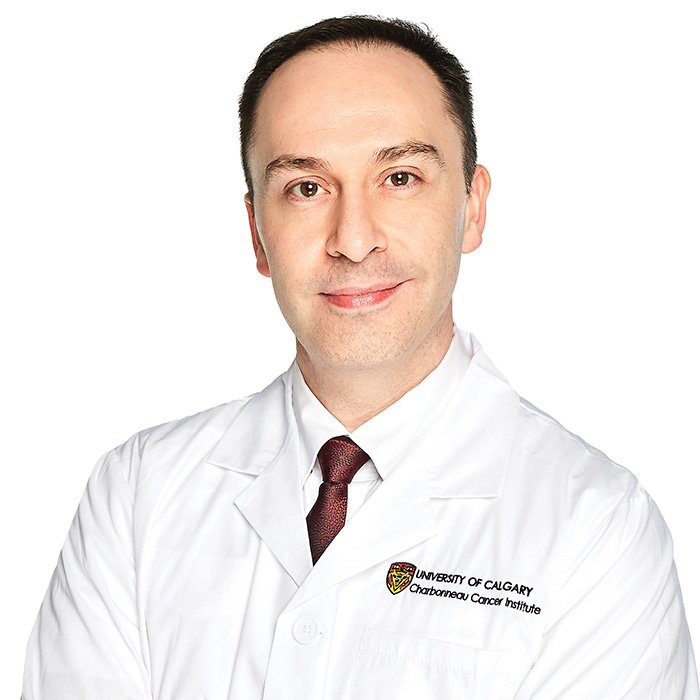

Steps to take for testing radon levels in your home
Goodarzi said Evict Radon has come up with easy and accessible ways for people to test the amount of radon exposure levels in their homes.
“This is good news because testing for radon couldn’t be more simple,” said Goodarzi
“There’s a variety of different ways you can get a radon test. For example, this is one of the things that the Radon National Study is doing. If someone consents to the study, what they’re agreeing to is they would get the radon tests and we would get the identified reading from those tests. As well as a few details about their house, like your square footage, the height of your ceiling, things like that.
“We’re able to use that data for cancer research and to engage with folks like CO Canada to make real change. The participants, or in this case the citizen scientists, get their houses radon reading and we provide, for no cost, any information you might want on how to interpret that.”
He explained how the radon test work.
“The radon test usually look like a little ant trap or hockey puck. It’s pretty small and requires no electricity, and you leave the radon test in your house on a floor that you typically use a lot,” said Goodarzi.
“You leave the test in place for about 90 days, three months or four, up to a year, depending what your preferences are. The best radon test are at least a year or six months, but minimum three months.
“Then you get your radon tests back and you can determine if that level is acceptable for you. Here in Canada, Health Canada indicates that a level of 200 Bq per cubic meter of radon is the maximum tolerated exposure threshold. That’s set at twice the level for when you start to see a cancer risk.
“You see a cancer risk started around 100 Bq, Health Canada says anything over 200 Bq is maximum tolerated. A lot of people take action between the 100 and 200 Bq level. We’ve seen houses in the Prairies over 100,000 which is an extraordinary dose of radiation.
“For context, one Becquerel (Bq) means one radioactive event per second. Radon is a type of radiation called Alpha radiation, where 100 Bq means 100 annotations of alpha radiation per second, per cubic meter in ones home.”
Radon kits purchased through the Evict Radon study will help people detect high radon levels in their homes and will also help collect data for cancer research, said Goodarzi.
Why is it important for people to test the radon levels in their homes?
With November being lung cancer awareness month, Goodarzi explained why it is important to spread awareness about radon for Canadians.
“Two reasons, 1 in 5 lung cancer patients in Canada today have never in their life picked up a cigarette,” he said.
“Our rates of non-smokers who have lung cancer continue to rise, where as tobacco rates of lung cancer continue to fold because our tobacco cessation campaign has been effective.
“Anyone can get lung cancer and particularly, Canadians are at risk of radon exposed lung cancer. That’s the first reason.”
Goodarzi said young people and babies are at greater risk for developing lung cancer because they have a longer life span for breathing in more of the air.
“The second reason is to do it for your kids. Our children are the most susceptible to the negative consequences of radon exposure at a young age,” he said.
“That’s because they have little lungs, they breathe faster, they have little bodies so it’s more dose per kilogram, and they have the most life left.
“Because the latency of lung cancer is 20 to 30 years means that exposure to high radon in the first 10 to 20 years of life, you could be coming down with lung cancer in your 30s to 40s .
“We have seen many people in this situation right now, including the good folks in Saskatchewan and across the rest of Canada. Patients with lung cancer in their 30s and 40s who have never smoked, and their houses and childhood houses have been found to have extremely high levels for radon.
“Do it for your kids now, do it for their kids in the future and do it for yourself. That’s what we would argue because this is an issue that has been quoted, and that lung cancer is the most prevalent and lethal form of cancer in Canada. As well as radon induced lung cancer being the most preventable of them all.” Tweet














